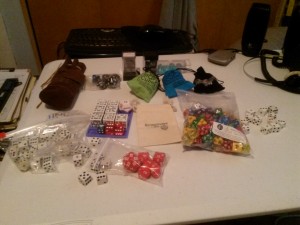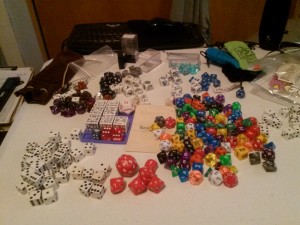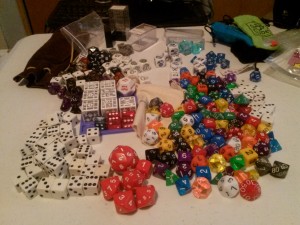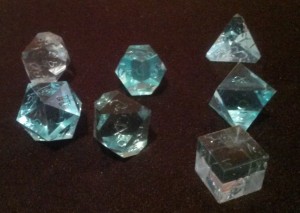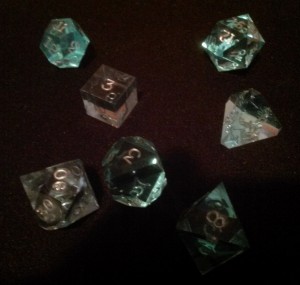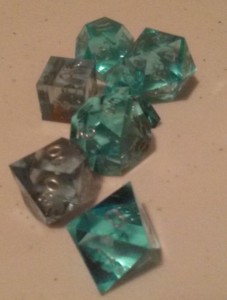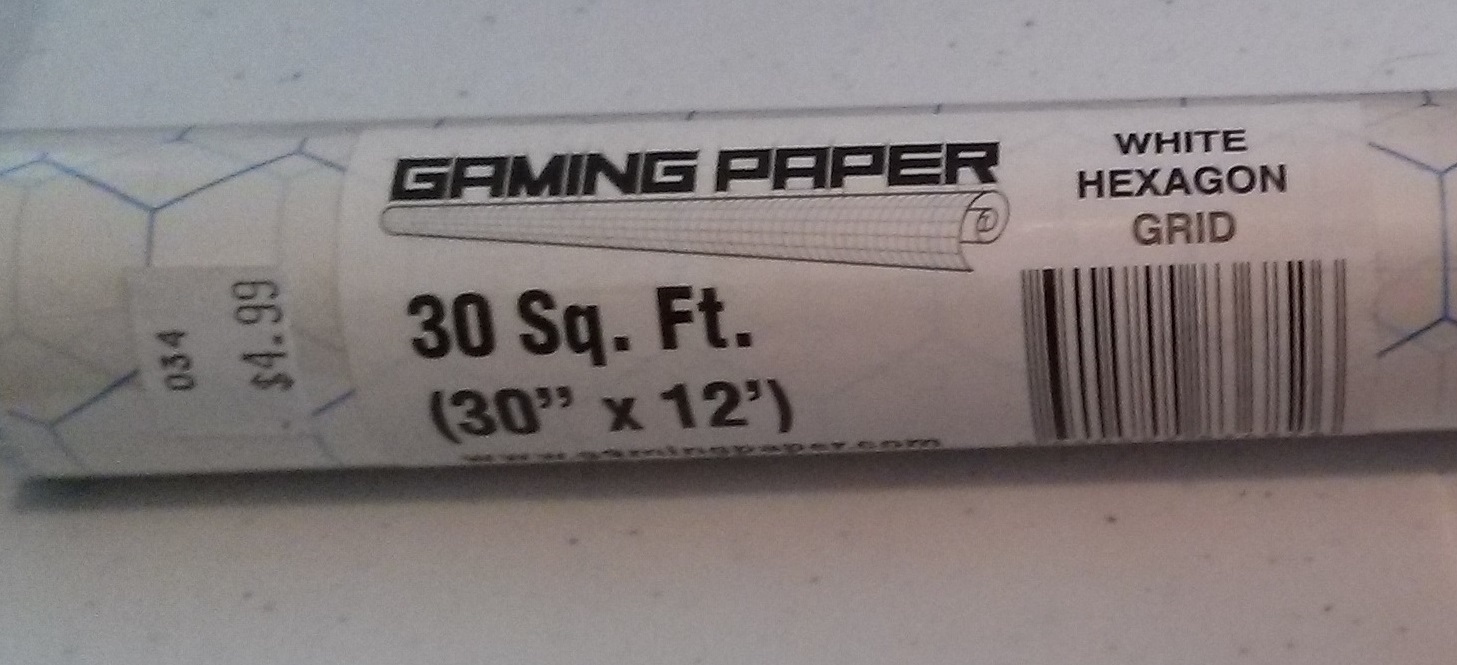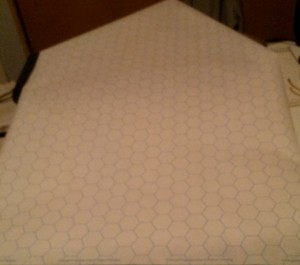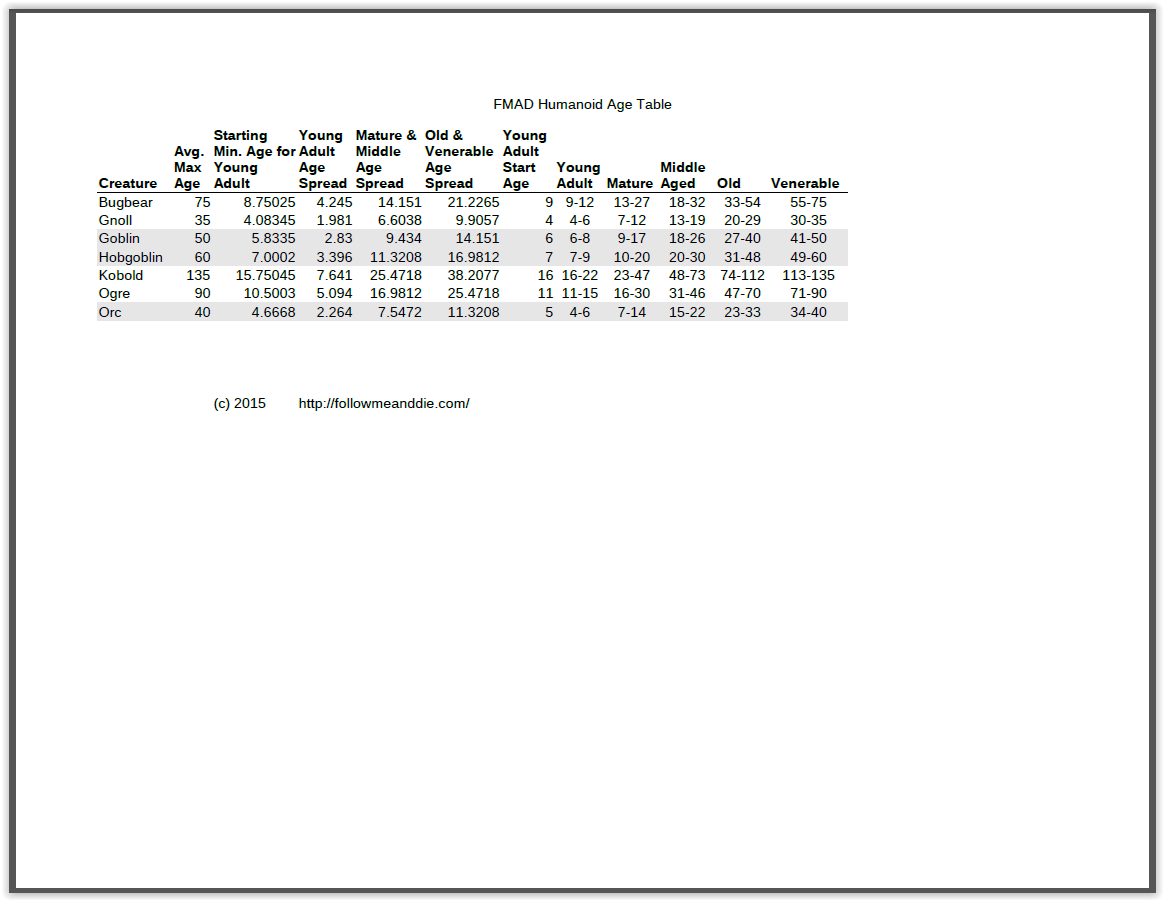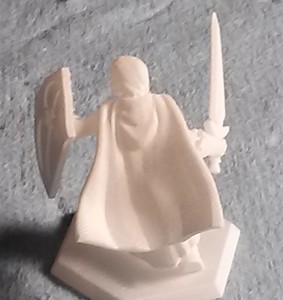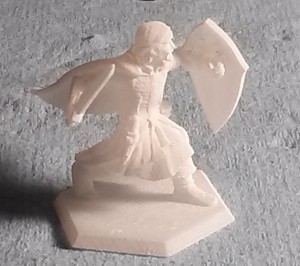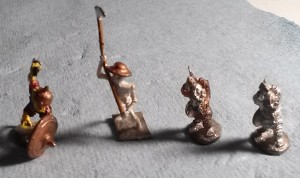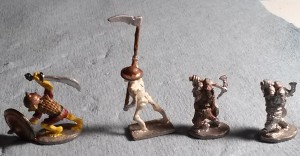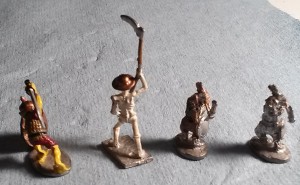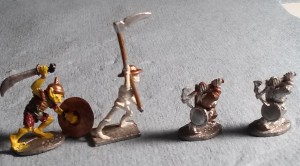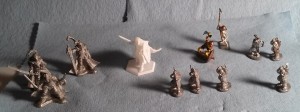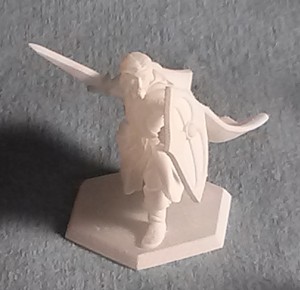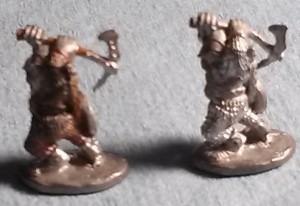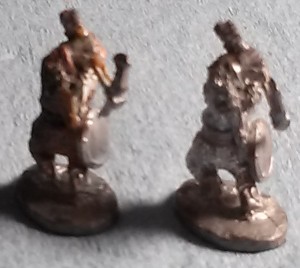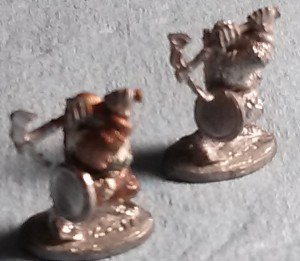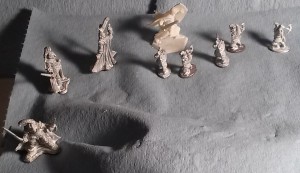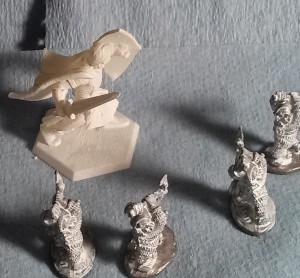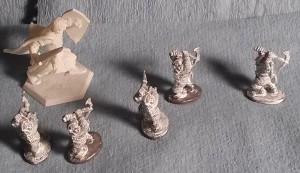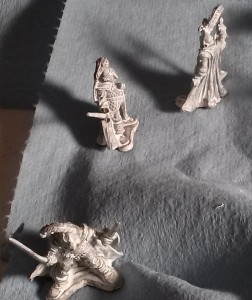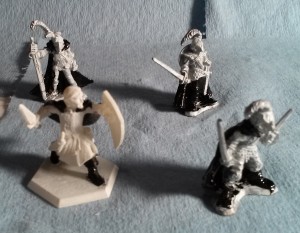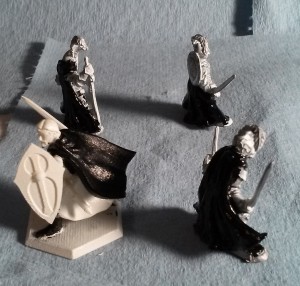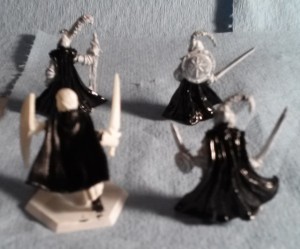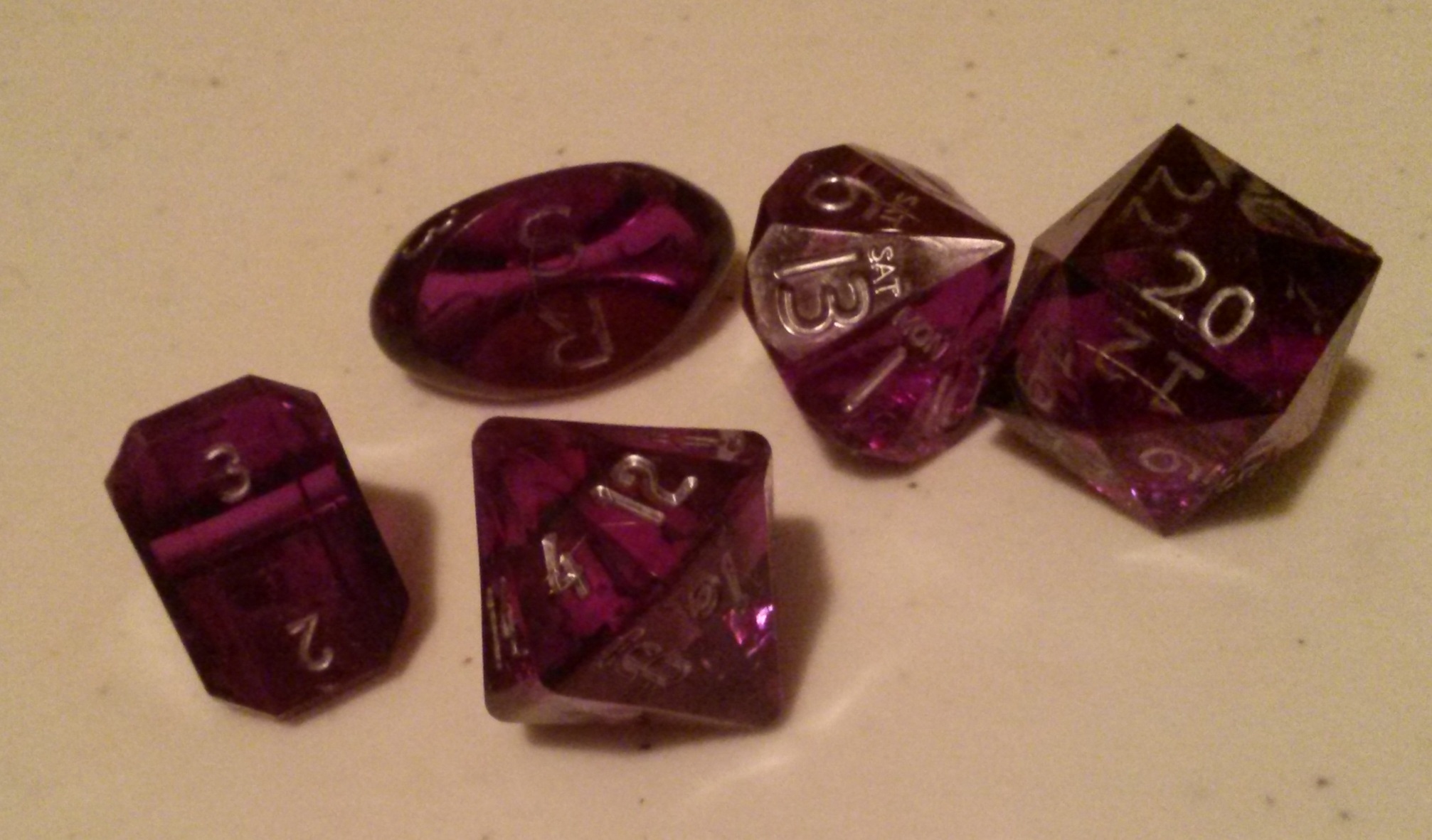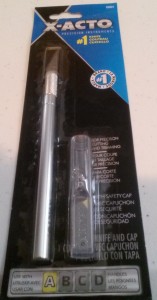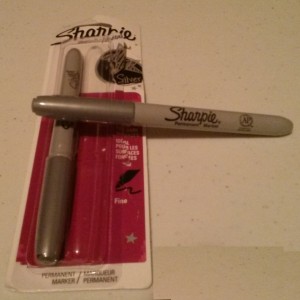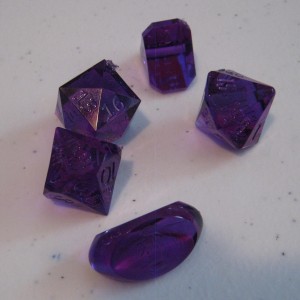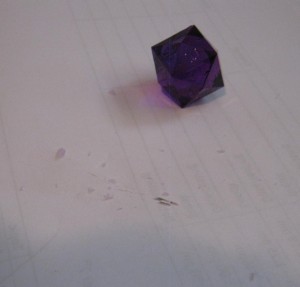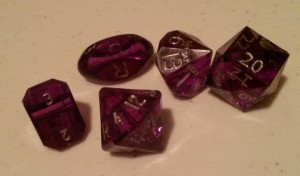Everyone knows about Rule 0 – “The DM/GM makes the rulings.” Or some variant to that effect. Briefly, this means that the DM uses the rules that fit the spirit of the game(s) he or she run. This can include adding new rules, ignoring or changing existing rules. It especially involves borrowing ideas for rules from other DMs.
What many don’t talk about is what I call Rule (-1). It is so simple and involves the whole idea of playing games. “If you’re not having fun, you’re doing it wrong.”
This concept applies to any game, boardgames, RPG’s, card games, sports, computer games, etc.
This concept also applies to life. Perhaps the best example is sex. If you don’t like it, you’re doing it wrong.
We don’t eat foods we don’t like. Why should we do anything else we don’t like?
Some might point out holes in this concept of applying to all of life. Exercise – you may not like exercise, but you have to pay the price to get the degree of health and fitness you like. If you like being overweight, good for you. If you like being fit and trim, good for you. But neither should get into a war about which is better. There is an RPG, Hero’s Journey, that mirrors ” every hero’s transformation from minion to master.” That is a way to make things fun!
We may not like going to work, but we like the things money can buy, like food, clothing, shelter, and GAMES! We like our stuff, so the things we don’t like should be seen as journeys, challenges, etc. to overcome, like adventurers in a tomb or dungeon seeking treasure. The goal is the loot and experience points, even if you risk your favorite character dying to do it. I read an article a couple of years ago, that talked about people new to the workforce only working enough to support them and the things they wanted to do.
So if edition wars and railing against X because it isn’t Y is your thing, do you really have fun with that? Does putting others down bring you joy? Well, then you’re doing it wrong. Everyone knows that having fun at the expense of others in a mean and hurtful way is wrong. So take your toys and go home.
You don’t want to game with women? Well, then good luck getting a girlfriend or wife. If you already have a girlfriend or wife, good luck keeping them.
The whole essence of RPGs is true of life, we need to get along to succeed. How many hours have you played an RPG solo, i.e. no GM? It isn’t too much fun, other than as a different type of diversion once in a while, or if you are in a strange situation that it is your only option.
RPGs are about bringing people together to PLAY. I have played with people that are of the total opposite political spectrum to me, who have different ideas about ethics, politics, religion, etc. Since I don’t post about those things here, those people may not have any clue what I believe. Such discussions don’t go at the gaming table, if the goal is for everyone at the table to truly have fun. If you can’t game with people who are vastly different from you in ideas and opinions, then find a way to do that without being an ass about it. I know people on all aspects of the political divide, and just like any other topic, some of each general leaning can be total jerks to people who disagree with their position.
The specific definitions of how that fun plays out will depend on the group. A group of teenage boys is going to have fun in ways we may not approve of. That’s why we need teenage girls involved in RPGs, so that those hormone laden fools learn how to interact with females at a young age. Fathers should step up to DM/GM to show his sons how to treat a woman with respect. Or to make sure the boys in the game treat his daughter(s) with respect. Mothers should also DM/GM to keep her boys in line and support her daughters.
The OSR is partly about perpetuating our hobby to the next generation. With all the weirdos we hear about on the news, it is unfortunately asking for trouble for a group of teenagers to come to your house to game, if there are no children of your own, or other adults present. Finding a venue at the local library, or a place at school after hours, or going to one of the kid’s homes when their parents are there would be the smart course of action. (Can you tell I’ve been to multiple mandatory work seminars about how not to get sued?)
Players that talk over everyone else, and who try to be rules lawyers need special handling. Depending on their age, they may just need to have it explained to them. If they are 18+, then you should be able to talk to them without an emotional meltdown. However, age does not equate to maturity. If the person is emotionally fragile, I would suggest that RPGs where you pretend to be someone else is not always the best way for someone to deal with severe mental or emotional issues. The group should do their best to help someone with no social skills to fit in. If you have to talk about health and hygiene so others can stand to sit next to that player, then have that talk. Such a person obviously needs social interaction, and they will enjoy it more as they build their social interaction skill set. If all the players are not having fun, then there is a problem. This requires that all players stand up for themselves in a positive way. The DM/GM has a part to play her in making sure each player has their moment to shine, their share of speaking and interacting with the game world.
DMs/GMs should not be dictators that force the players to do what they don’t want to do. They should not totally ignore players’ suggestions for interpreting situations. At least acknowledge their input and move on. A good referee clearly describes things so that players make informed decisions. The referee who is a self centered, self righteous, egotistical, control freak, will have a hard time finding a consistent group of players for more than a few sessions. The DM’s fun should be had in watching how the players go off in unexpected directions, and misinterpret things, not in making them follow some elaborate script. If you have a novel to write, write the novel; don’t force your players to act out a script, when they want a world to explore. If you can’t find a way to have fun without alienating players, perhaps you should not be a DM; or go online and clearly advertise for online players that want your style of running a game.
I wrote this post a couple weeks ago, and on March 16, I ran across this article on Beer, Pretzels, and 20-Sided Dice. It is another way of saying what I am saying. Cameron sums it up nicely, “To my mind, the key is to have fun. If you aren’t enjoying yourself, find a different group or run a campaign yourself.”
Just yesterday, Tower of the Archmage, had this article, Playing With Adults, about the challenges of interpersonal interaction at the game table, and how cooperation is key. Dealing with the threats to maintaining a regular game is like facing the boss monster. It is so worth it when it’s over.
Game play options on the internet, like G+ and Roll20, for example, make it easier for those of us that can’t seem to find a local group. Also it can help us find more opportunities to game, if we have the time to put into gaming more frequently. There are more choices than one could hope to ever experience.
Similar things have been said by others in recent years. Editions don’t matter. The point is, find the rules and the group that work for you and enjoy it!
So go out there, find the RPG of your choice, and have FUN!
